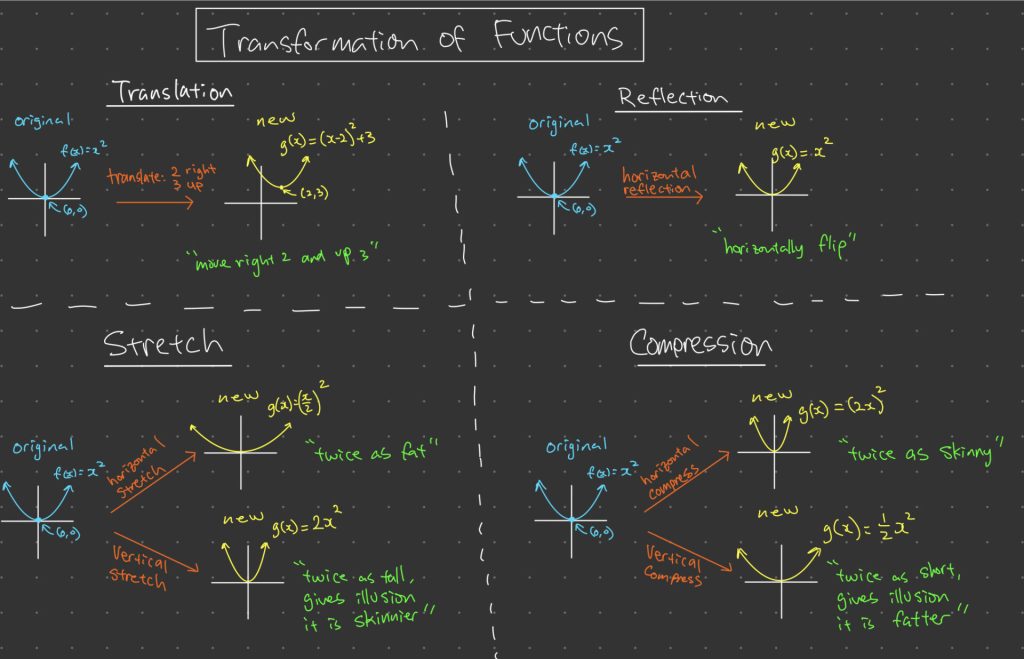Machine learning (ML) is a rapidly growing field that intersects mathematics, computer science, and statistics, offering powerful tools for data analysis, pattern recognition, and predictive modeling. In the International Baccalaureate (IB) Math Analysis and Approaches (AA) course, students can benefit from learning the fundamentals of machine learning, which can enhance their understanding of mathematical concepts and their applications in various contexts. This article explores the fundamentals of machine learning relevant to IB Math AA, including key concepts, techniques, and applications.
- Understanding Machine Learning:
Machine learning is a subset of artificial intelligence (AI) that focuses on developing algorithms and models that enable computers to learn from data and make predictions or decisions without explicit programming. The core components of machine learning include:
Data: Machine learning algorithms require data as input to learn patterns and make predictions. Data can be structured (e.g., tabular data) or unstructured (e.g., text, images, audio).
Algorithms: Machine learning algorithms are mathematical models that learn patterns from data and make predictions or decisions. Common types of machine learning algorithms include supervised learning, unsupervised learning, and reinforcement learning.
Training: Machine learning models are trained using labeled data in supervised learning or unlabeled data in unsupervised learning. During training, the model adjusts its parameters to minimize the difference between predicted and actual outcomes.
Evaluation: Machine learning models are evaluated using performance metrics to assess their accuracy, reliability, and generalization capabilities. Common evaluation metrics include accuracy, precision, recall, and F1 score.
- Key Concepts in Machine Learning:
Supervised Learning: In supervised learning, the model learns from labeled training data, where each data point is associated with a corresponding label or outcome. Supervised learning algorithms include regression (for continuous outcomes) and classification (for categorical outcomes).
Unsupervised Learning: In unsupervised learning, the model learns patterns from unlabeled data without explicit supervision. Unsupervised learning algorithms include clustering (for grouping similar data points) and dimensionality reduction (for reducing the complexity of data).
Feature Engineering: Feature engineering involves selecting, transforming, and extracting meaningful features from raw data to improve the performance of machine learning models. Feature selection, scaling, and encoding are common techniques used in feature engineering.
Model Evaluation and Validation: Model evaluation involves assessing the performance of machine learning models using various evaluation metrics and validation techniques, such as cross-validation and holdout validation, to ensure reliable and robust predictions.

- Applications of Machine Learning in IB Math AA:
Machine learning has numerous applications in IB Math AA, including:
- Predictive Modeling: Students can use machine learning algorithms to build predictive models for analyzing mathematical data, making forecasts, and solving mathematical problems.
- Data Analysis: Machine learning techniques, such as clustering and dimensionality reduction, can be used to analyze and interpret complex mathematical data sets, identifying patterns and relationships between variables.
- Optimization: Machine learning optimization algorithms, such as gradient descent and genetic algorithms, can be applied to mathematical optimization problems, finding optimal solutions to equations, functions, and systems of equations.
Conclusion:
Machine learning fundamentals offer valuable insights and techniques that can enhance students’ understanding of mathematical concepts and their applications in IB Math AA. By learning about key concepts, algorithms, and applications of machine learning, students can develop critical thinking skills, mathematical literacy, and problem-solving abilities essential for success in higher education and beyond. As machine learning continues to advance, its integration into IB Math AA can provide students with valuable skills and insights that empower them to tackle complex mathematical problems and make informed decisions in today’s data-driven world.

